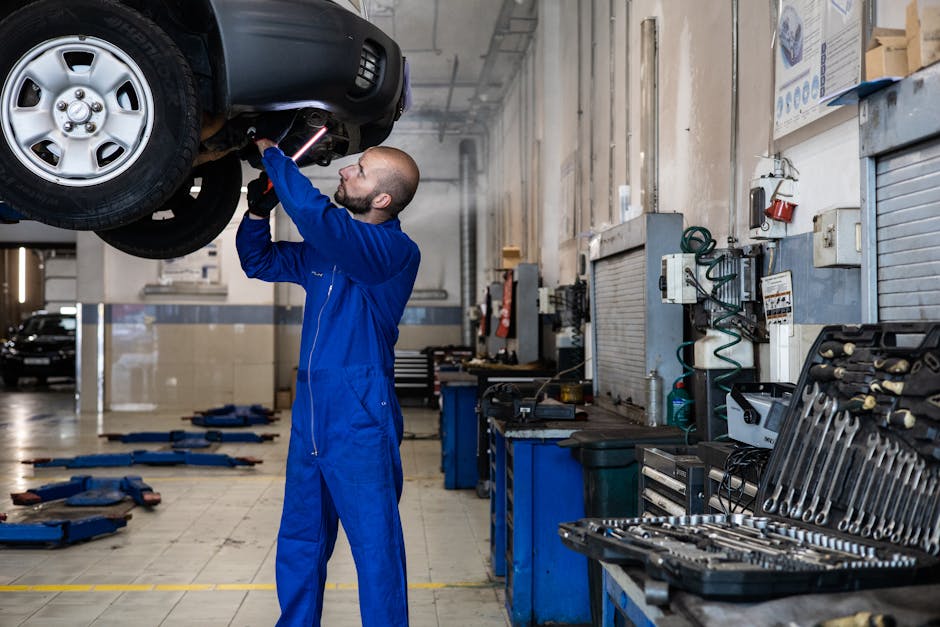
When you find yourself stranded on the side of the road due to vehicle trouble, having access to a reliable towing service can be a true lifesaver. Whether you’ve run out of gas, experienced a flat tire, or suffered a more serious mechanical failure, knowing who to call for help can significantly reduce stress and ensure a smooth resolution to your problem. In this article, we’ll delve into the importance of towing services, what to look for when choosing one, and how they play a critical role in roadside assistance.
First and foremost, having a towing service on speed dial can save you time and ensure safety during a vehicle emergency. Many people may not consider how daunting it can be to wait for help on a busy highway or in an unfamiliar area. A reputable towing service not only offers fast response times but also ensures that you are safe and secure while you wait. Their professionals are trained to handle various situations and can assess your vehicle’s problem on-site, making the process much more efficient.
When choosing a towing service, it’s essential to consider several factors to ensure you’re making the best choice for your needs. Look for a company with positive customer reviews and a proven track record of reliability. Understanding their service offerings is crucial as well; some towing companies provide additional services, such as emergency repairs or battery jump-starts, which can save you from further complications. Furthermore, check their operating hours; many accidents and vehicle issues occur after regular business hours, so a 24/7 service can be a significant advantage.
Another important aspect to consider is pricing transparency. Before agreeing to any towing services, ask for an estimate and inquire about any potential hidden fees. A trustworthy towing company will be upfront about their rates and provide clarity on what you can expect in terms of costs. In the long run, this can help you avoid unexpected bills that can add to your stress level during an already challenging situation.
In conclusion, a towing service is more than just a convenience; it can be a crucial resource during one of the most frustrating experiences on the road. By knowing which service to contact and what to look for, you can ensure that help arrives quickly and efficiently, allowing you to get back on your way with minimal disruption. Always keep the contact information of a reliable towing company handy?it’s an essential part of responsible vehicle ownership.


 Discovering the World of Painters: Techniques, Styles, and Impact
Discovering the World of Painters: Techniques, Styles, and Impact Factors in Safe and Efficient Chemical Bulk Transportation
Factors in Safe and Efficient Chemical Bulk Transportation

 “Reviving Your Home’s Hidden Gem: The Role of Professional Carpet Cleaning in Canton, MI”
“Reviving Your Home’s Hidden Gem: The Role of Professional Carpet Cleaning in Canton, MI”